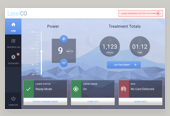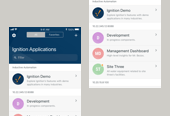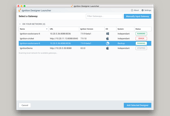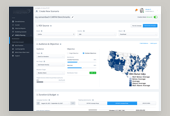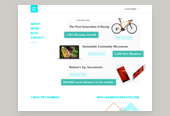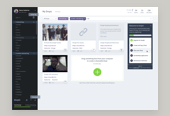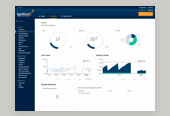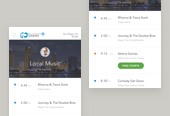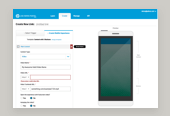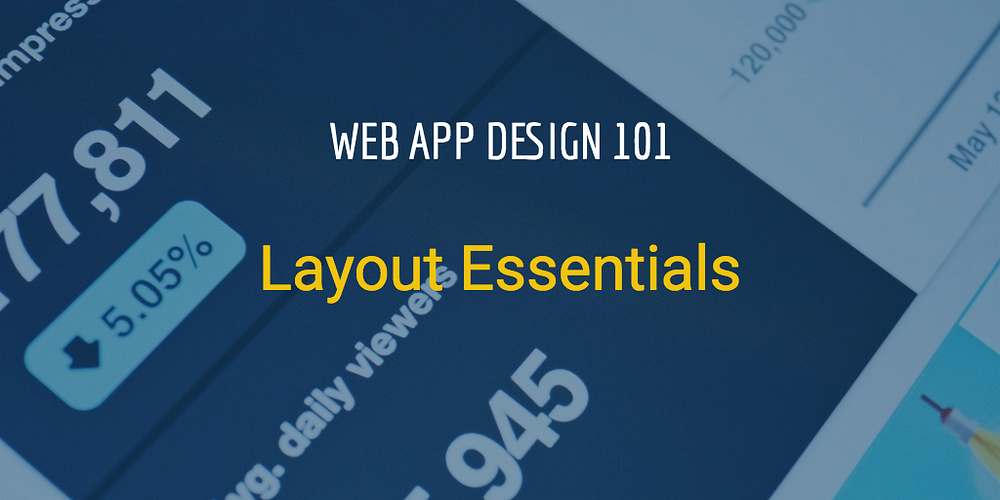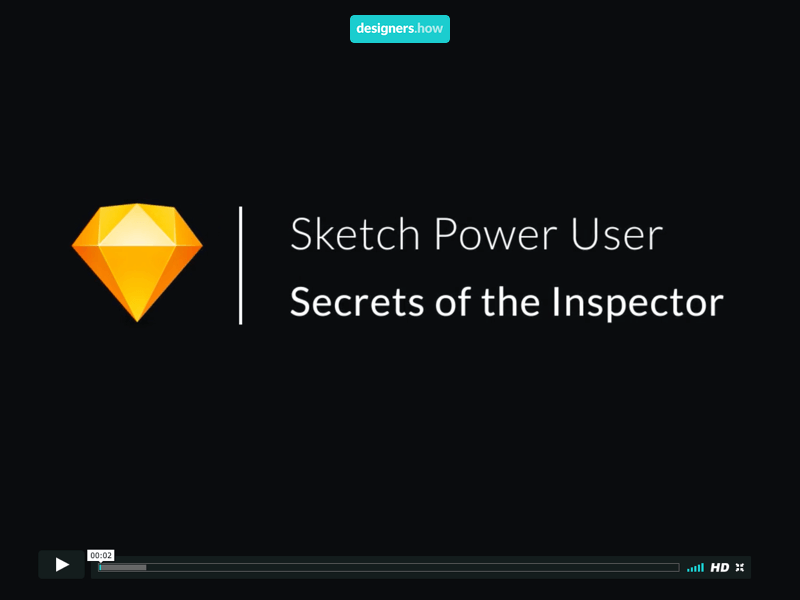2018 was a bit of an oddball year with regards to my reading. I managed to read 35 books in total, 9 of which I scored 3/3 on my personal rating system (ie. gut feeling).
My favorite books of the year included Bear Town by Fredrik Backman, The Martian by Andy Weir and Turtles All The Way Down by John Green. Outside of my usual smattering of novels, I dove deep into a few famous fantasy series including Harry Potter and Lord of the Rings. I'm excited to jump into some more serious fantasy series in 2019.
Finally, I read a few very random wilderness and survival type books which I found really interesting, bringing me back to my days of childhood Boy Scouting.
As usual, I've again designed simplified book titles for each of the 35 read on my reading page.
